Results
-
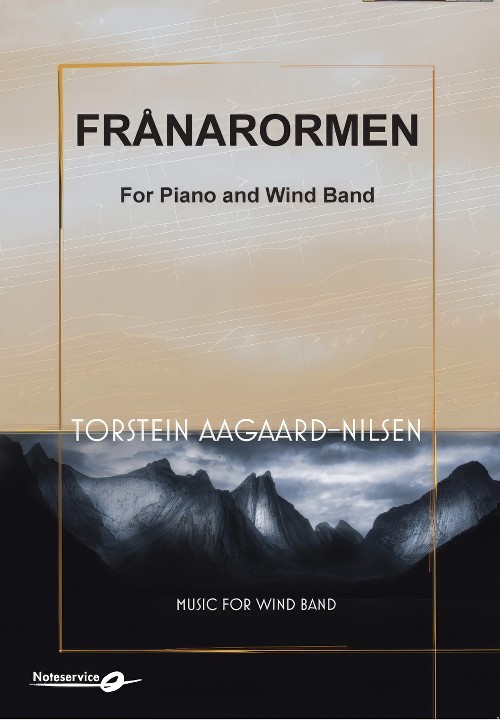 £160.00
£160.00Franarormen (Optional Piano Solo with Concert Band - Score and Parts) - Aagaard-Nilsen, Torstein
In 1911, the Australian pianist and composer (and friend of Edvard Grieg), Percy Grainger (1882-1961) went on a tour in Norway. He performed more than forty concerts over a few months. Fifty years later, in 2011, The Royal Norwegian Marine Band made a concert project called "Percy Grainger Revisited Tour". "Franarormen" is a worm or a dragon as described in norse medieval ballads. I have used four different tunes from the region Telemark were Fr?narormen is mentioned in the text. The piece is a musical reflection - not at all as drammatic as the text. It is like a picture of an old fairytale and a dwell on the sound of ancient songs. The piece can be performed without the piano part. Instructions to be found in the percussion parts. - Torstein Aagaard-Nilsen
Estimated dispatch 7-14 working days
-
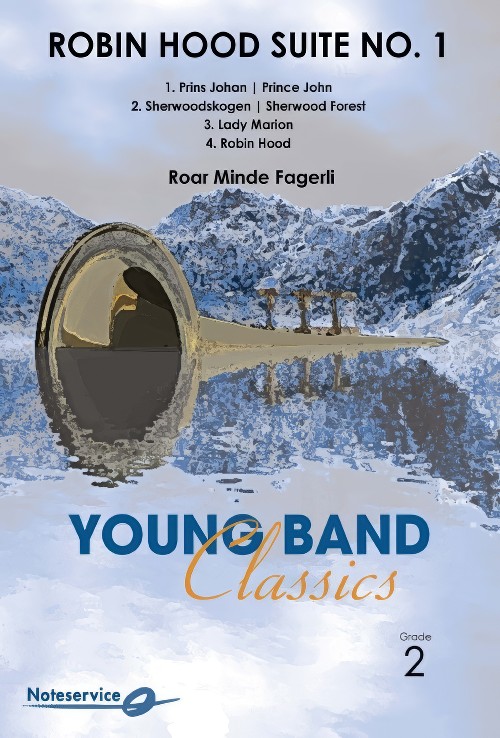 £85.00
£85.00Robin Hood Suite No.1 (Concert Band - Score and Parts) - Minde Fagerli, Roar
Suite in Four Movements. This composition is inspired by the story of Robin Hood; He who steals from the rich and gives to the poor. The composer describes different charters and places from the story in his music. Duration: 8.00
Estimated dispatch 7-14 working days
-
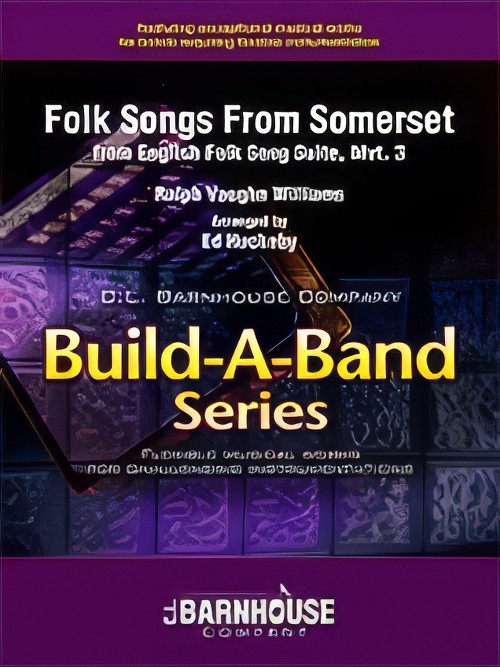 £60.00
£60.00Folk Songs from Somerset (from English Folk Song Suite) (Flexible Ensemble - Score and Parts) - Vaughan Williams, Ralph - Huckeby, Ed
Folk Songs From Somerset, the third movement from Ralph Vaughan Williams' "English Folk Song Suite" is a classic march incorporating four traditional folk songs: "Blow Away The Morning Dew," "High Germany," "The Tree So High" and "John Barley's Corn." Using both 2/4 and 6/8 meters, Vaughan Williams has created a unique educational opportunity for ensembles to contrast duple and compound meter. Creatively adapted for the Build-A-Band series by master composer/arranger, Ed Huckeby, this masterful work is now available for ensembles with unusual or limited instrumentation. Your students and audiences will love this English band classic!Duration: 4.00
Estimated dispatch 7-14 working days
-
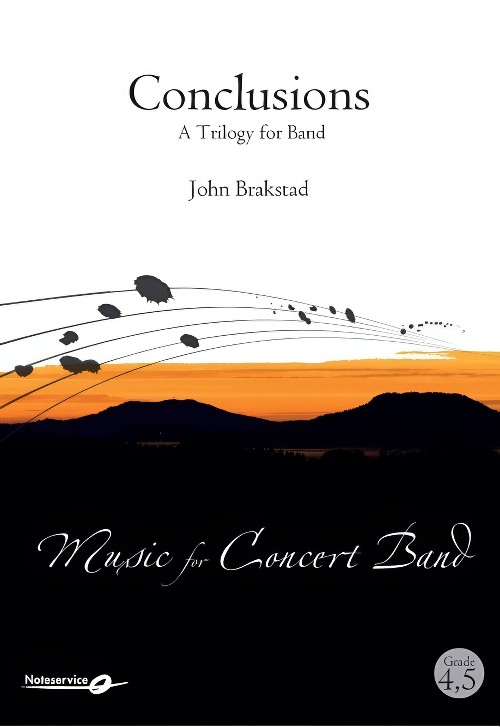 £140.00
£140.00Conclusions, A Trilogy for Band (Concert Band - Score and Parts) - Brakstad, John
Conclusions is inspired by three of the worlds greatest astronomers; their lifes, work and pioneering conclusions. 1: Copernicus. Nicolaus Copernicus lived in the 15th century. He introduced the idea that the planets rotate around the Sun rather than the Earth. This was a new and controversial world view which was not accepted in his lifetime. 2: Galileo. Galileo Galilei lived about a hundred years later and is sometimes called "the father of modern science". He is credited with the discovery of Jupiter's four largest moons. His discoveries supported Copernicus' model of the Solar System, and also showed that objects rotate around other planets than the Earth. Galilei was charged with heresy, and had to recant his claim that the Earth revolved around the Sun. "And yet it does move", he is supposed to have said. 3: Newton. Isaac Newton is known for his theory about the law of gravity and how it affects motion. This theory enabled him to accurately calculate the paths of the planets in the Solar System, and was a third conclusion in the astronomical tradition. In the same way that the three astronomers' independent conclusions build on ideas that are common to all three, Conclusions is built up of three independent movements which all include references to each other (melodic, harmonic, inversions etc.) Duration: 11.00
Estimated dispatch 7-14 working days
-
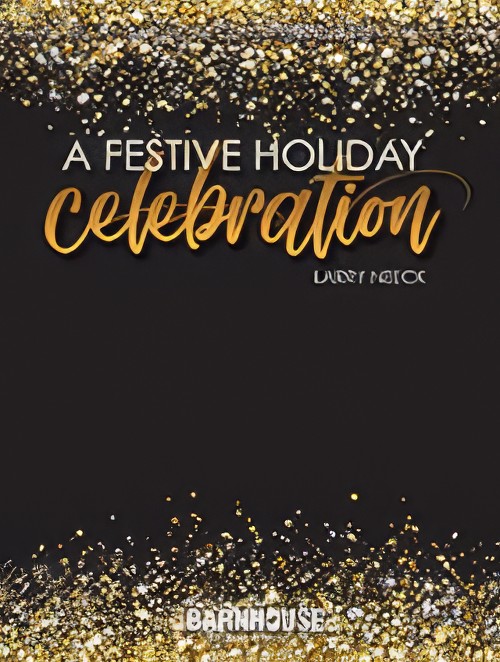 £79.00
£79.00A Festive Holiday Celebration (Concert Band - Score and Parts) - Neeck, Larry
Celebrate the season with this very playable and musical work, based on four holiday favorites: "Hanukkah, O Hanukkah," "Away in a Manger," "Deck the Halls," and "Auld Lang Syne." Sparkling woodwind colors, festive brass, and lively percussion will get everyone in the holiday spirit. Effective, yet easy to prepare, "A Festive Holiday Celebration" is the perfect choice for that special holiday concert. Musical joy! Duration: 4.30
Estimated dispatch 7-14 working days
-
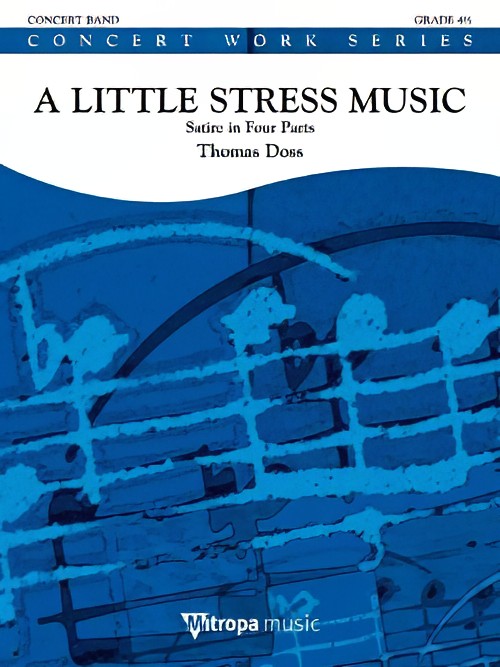 £159.99
£159.99A Little Stress Music (Concert Band - Score and Parts) - Doss, Thomas
A Little Stress Music was commissioned by the Lenzing Werkskapelle from Austria and comprises of four sections. 'Rush Hour' depicts a Friday evening during which everyone wants to get home after work. Unfortunately, traffic jams and gridlock stand in the way! In 'Promenade Waltz' you can picture an evening walk along the beautiful lakeside, then a glass of wine loosens you up leading to the third movement: 'Romance', which starts with a promising conversation...The funny finale 'Monday Morning' brings you back to reality and the score provides the option of the band applauding itself for a job well done! A humorous and joyful piece by Thomas Doss! Duration: 12.15
Estimated dispatch 7-14 working days
-
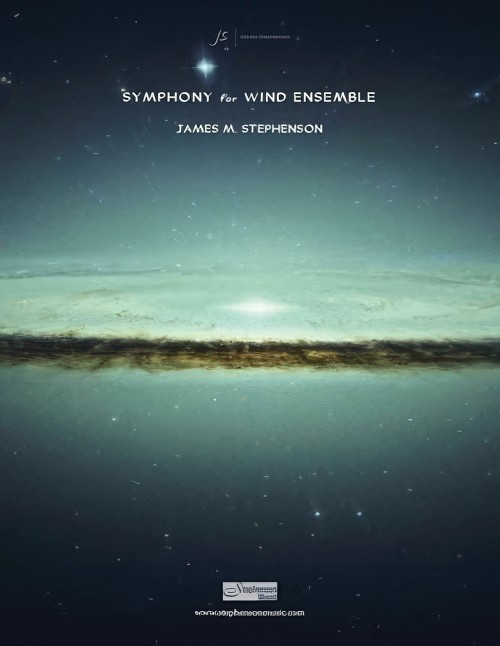 £284.99
£284.99Symphony for Wind Ensemble (Concert Band - Score and Parts) - Stephenson, James M.
The symphony is in four movements. The first movement starts a single triangle note, followed by a guitar strum. The movement anxiously attempts to churn into action, only to be stifled repeatedly by the single triangle note. Finally, with the guitar as inspiration, the main theme gets under way, revealing an almost Spanish, or even Eastern European flavor. Ideas and themes get reworked, developed, repeated and augmented throughout the movement, before finally closing out just as it began, but in reverse: this time guitar followed by triangle. The second movement steals from an angular and shrieking motif of the first, but is presented in opposite fashion: with the warm blend of the low brass. Hints of iconic military symbolism are interspersed throughout this movement, as homage to the commissioning ensemble. The main theme is inverted and awarded to a solo trumpet midway before giving way to a brass fanfare, though not done loudly, but here muted, from afar. The low brass return at the end, fading away to nothing as the bell tolls. The third movement is merely a short interlude - a break, in almost Gershwin-like fashion - from the seriousness of the movements that precede and follow. Lastly, the fourth movement is a wild one: with mixed meters and plentiful percussion penned to propel the movement throughout. The movements' themes are all reworkings of material presented earlier. Duration: 25.00
Estimated dispatch 7-14 working days
-
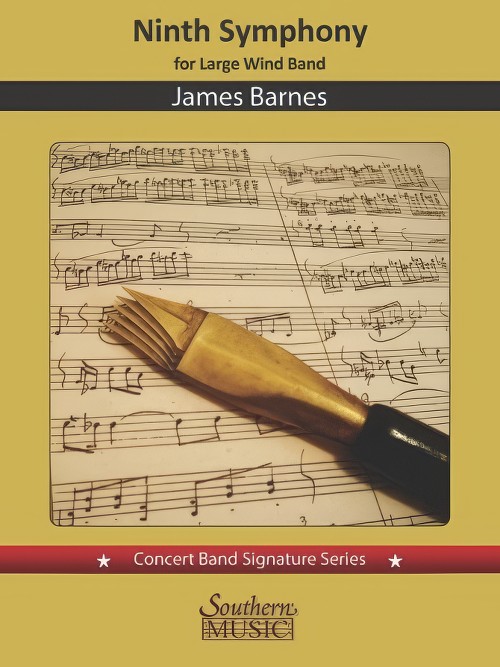 £309.99
£309.99Ninth Symphony (Concert Band - Score and Parts) - Barnes, James
Premiered on 21 September, 2018 in Lawrence, Kansas by The University of Kansas Wind Ensemble (Dr. Paul Popiel, conducting), James Barnes' Ninth Symphony was composed between January and late June of that same year. This large work was commissioned by a consortium of twenty-one college bands, community bands, professional bands and individuals to help mark the 70th birthday of the composer (b. 1949). It is an expansive forty-minute work in four movements, of which the composer writes, "This is my last symphony...this work represents a compendium of all that I have learned during the fifty years of composing and scoring for this wonderful new medium: the modern wind band." The first movement, subtitled Elegy, is based around G minor. It is the longest movement of the symphony. Tragic and despondent in character, it is cast in sonata-allegro form. The second movement is entitled Scherzo. Barnes claims that "I have always wanted to write a waltz," and that is how this movement is cast, in a modified rondo form in D minor. In contrast to the mood of the first movement, the scherzo is a delightful posy of expansive melody, splashy color, humor and rhythm. The third movement, which is in a modified tertiary form, is entitled Night Music. In contrast to the scherzo, this movement begins with a mysterious incantation, first displayed by solo Alto Flute. The music becomes even darker and more mysterious, while overall the movement effectively expresses an "otherworldly" mood, ending with a solo soprano offstage which suddenly emerges, eerily singing a modified version of the opening incantation. Cast in sonata-allegro form, the fourth movement is most definitely a rousing Finale, beginning with a brilliant fanfare and undergoing several mood transformations before emerging into the final coda, ending the symphony with an energetic splash of color. Duration: 40.00
Estimated dispatch 7-14 working days
-
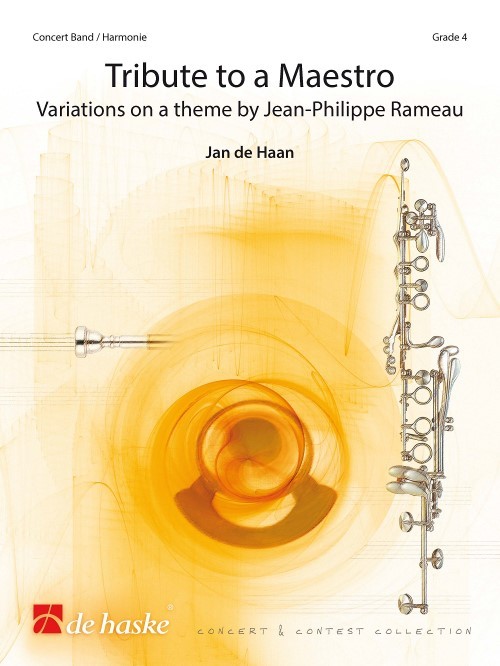 £159.99
£159.99Tribute to a Maestro (Concert Band - Score and Parts) - De Haan, Jan
Tribute to a Maestro is an homage to Jean-Philippe Rameau (1683-1764), one of the most important French Baroque composers. Rameau was a hugely significant composer, organist, harpsichordist and music teacher: he also published several authoritative books on music theory. Jan de Haan based this tribute on a theme from Les Sauvages (The Savages), the fourth act of Rameau's ballet-opera, Les Indes Galantes (The Amorous Indies). The work begins with two variations, whereupon the striking theme can be heard. After a short intermezzo, four more variations follow, of which the last one is composed in Baroque style.Duration: 12.00
Estimated dispatch 7-14 working days
-
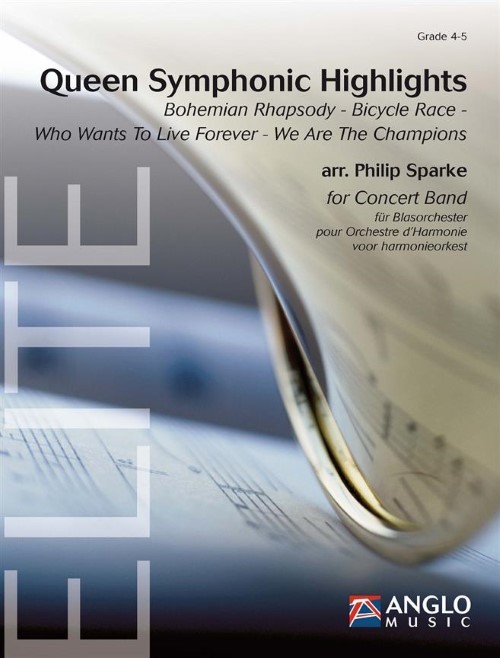 £137.99
£137.99Queen Symphonic Highlights (Concert Band - Score and Parts) - Sparke, Philip
The British rock band Queen, formed in 1970, are one of the most popular bands of all time. The music of Queen already exists in numerous instrumental arrangements at all kinds of levels. However, arranger Philip Sparke has taken a unique approach: he has created an exceptional medley in a challenging, symphonic style from four of their greatest hits: Bohemian Rhapsody; Bicycle Race; Who Wants to Live Forever; We Are the Champions.Duration: 8.15
Estimated dispatch 7-14 working days
